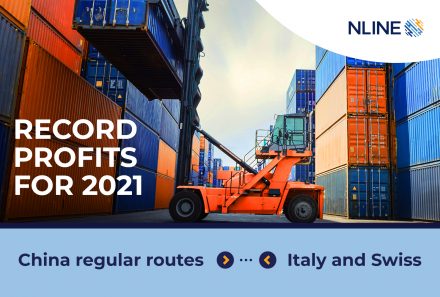
PORT TECHNOLOGY TRENDS
During the last few months, due to the Covid 19 impact on world trade, the emphasis has been on shipping operations, fleets and container equipment availability. However, many ports which have in the past acquired an unjust reputation for slow reaction to change, are employing a wide range of advanced technical solutions for extra efficiency, security and environmental control.
In any large port, at any time there is a wide variety of activities being performed involving incoming cargo containers from railheads, trucks and various feeders, unloading and positioning thousands of container units for loading onto ships and then reverse incoming ships being unloaded and the cargo sorted for ongoing transportation. It is evident therefore that highly sophisticated control systems, time-saving and security systems are vital to ensure the smooth running of these operations.
A large amount of time is wasted both by shipping companies and ports, by delays in berthing ships. A new universal just-in-time project. The digital container shipping Association(DCSA) has recently published standard data definitions for the port call process, the first step in its JIT port call programme. This will enable incoming containerships to adjust their speed thereby lowering fuel consumption, reducing CO2 emissions and generally streamline the berthing process.
Although many of the largest ports have their own independent platforms, these were mostly developed in isolation using different terminology and technology and tend to address local issues. For example Rotterdam, Hamburg, and Antwerp have all developed port call optimisation platforms but their individual needs differ. The effects of delays are felt throughout the entire container supply chain causing some of the worst congestion hotspots across the globe. This can result in port delays and wasted sailings, furthermore there is a lack of common language and transparency so that the birthing process is often not communicating to other supply chain players. By using the JIT approach, it is hoped that improvements in operational efficiency, cost saving and environmental benefits.
Although ports are mostly already largely automated, many new ideas are being introduced, these include highly efficient sensors, drones, which are in full development, new 5G interfaces,wireless communications and wideuse of robotics plus reliable data security. Put together, these advances in system sophistication will shape the future function of ports worldwide.






